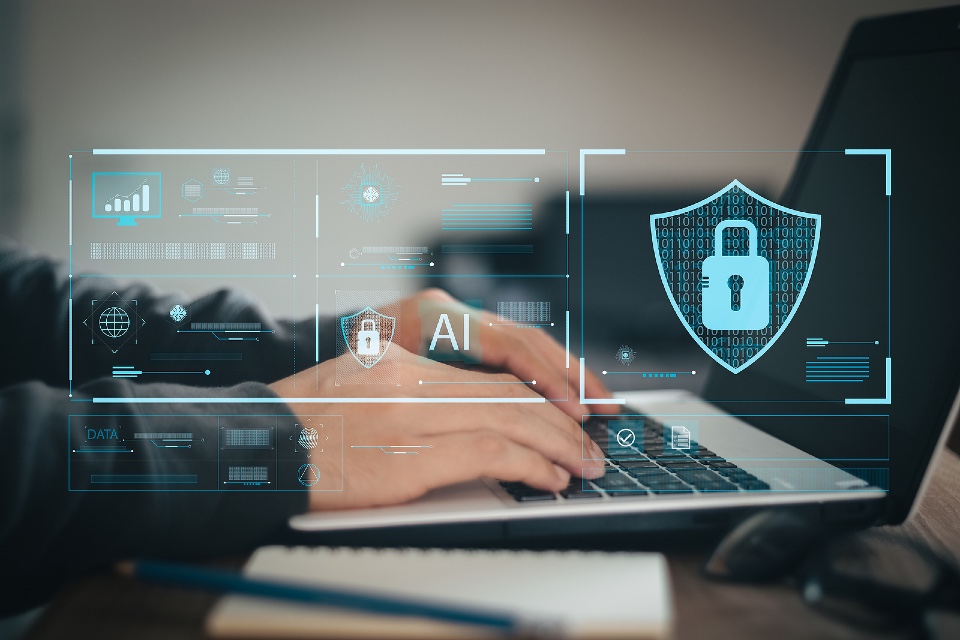49% of UK organisations experience high-business-impact outages at least weekly

With cloud adoption, cloud-native application architectures, and cybersecurity threats on the rise, the biggest driver for observability in the UK was an increased focus on security, governance, risk and compliance. That’s according to New Relic’s second annual study on the state of observability, which surveyed 1,600+ practitioners and IT decision-makers across 14 regions. Nearly three-quarters of respondents said […]
Geopolitical risk ‘will provide CIOs with new leadership opportunities’

Technology governance issues emanating from cross-country politics have led to digital geopolitics rapidly becoming an issue that multinational CIOs must step up to lead, according to Gartner. Forty-one percent of Boards of Directors view geopolitical power shifts and turbulence as one of the biggest risks to performance, according to a Gartner survey. Gartner predicts that […]
COVID IT: 27,887 cyber attacks took place throughout the pandemic

COVID-19 had a big impact on the number of susceptibilities being exposed by cyber actors, to the tune of nearly 28,000 attacks across the duration of the pandemic. Cyphere has analysed the statistics, comparing the figures to pre-pandemic years to highlight the effect COVID has had on cybersecurity. A rise in digital transformation as a […]
Global IT spending to grow 3% in 2022, says Gartner

Worldwide IT spending is projected to total $4.5 trillion in 2022, an increase of 3% from 2021, according to the latest forecast by Gartner. While IT spending is expected to grow in 2022, it will be at a much slower pace than 2021 due to spending cutbacks on PCs, tablets and printers by consumers, causing […]
Data security to drive IT security market to new highs

The global cyber security market is estimated to record a CAGR of 10.5% between 2022 and 2032, driven by surging awareness among internet users about the sensitivity of their private data and impending legal actions prompting businesses to secure their online data by following the best practices. That’s according to a report from Future Market […]
UK university students at risk from email scams, says report

Research has found that none of the UK’s top 10 universities actively block fraudulent emails from reaching recipients. Proofpoint has released data identifying that 97% of the top universities in the United Kingdom, the United States and Australia are lagging on basic cybersecurity measures, subjecting students, staff and stakeholders to higher risk of email-based impersonation attacks. […]
Cybersecurity insurance market ‘worth $29.2bn by 2027’

The global Cybersecurity Insurance Market size in the post-COVID-19 scenario is projected to grow from $11.9 billion in 2022 to $29.2 billion by 2027, equivalent to a CAGR of 19.6% during the forecast period. The report by ResearchAndMarkets says SMEs are majorly adopting cybersecurity insurance solutions and services to secure from cyberattacks and due to […]
Best city for cyber security jobs? Washington DC

Washington D.C, US has been named the best city for cybersecurity jobs thanks to its many job opportunities and high average salary, while London only ranks in 8th. That’s according to research conducted by Techshielde, which analysed several metrics including average salary, job availability and cost of living to find the best place to live […]
Respect in Security seeks to stamp out industry harassment

Around a third of cybersecurity professionals have had personal experience of harassment online (32%) and in-person (35%), according to a study from Respect in Security – a new initiative set up to support victims and encourage coordinated industry action to tackle the problem. Respect in Security engaged Sapio Research to poll 302 industry professionals (male, female and […]
Multi-cloud environments ‘pose greater security challenges’

73% of organisations currently operate in a multi-cloud environment, but those responsible for these types of complex environments overwhelmingly (98%) report that relying on multiple cloud providers creates additional security challenges. That’s according to the research conducted by Tripwire that evaluated cloud security practices across enterprise environments in 2021. Conducted by Dimensional Research in June, the survey […]


